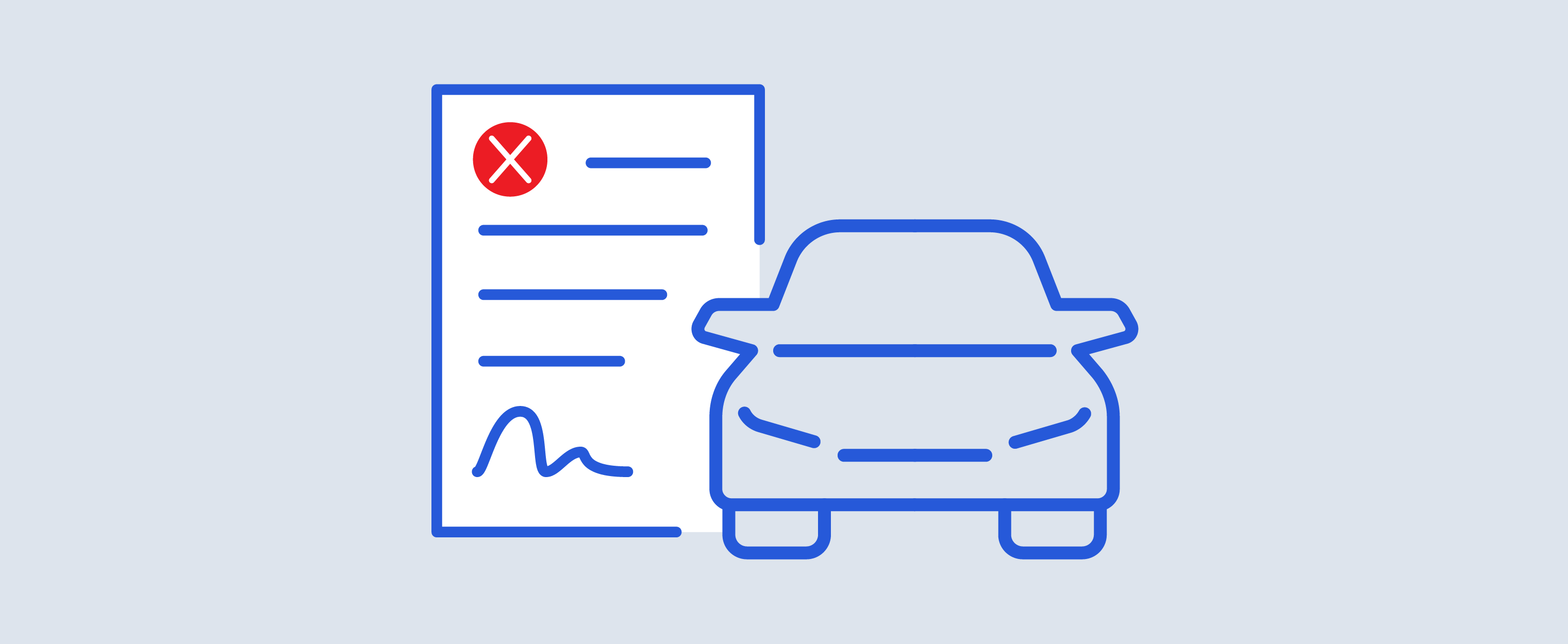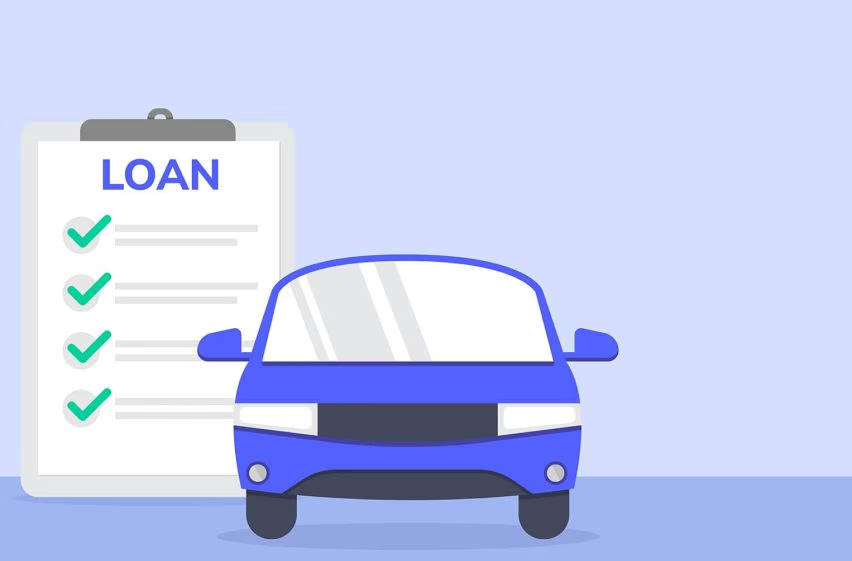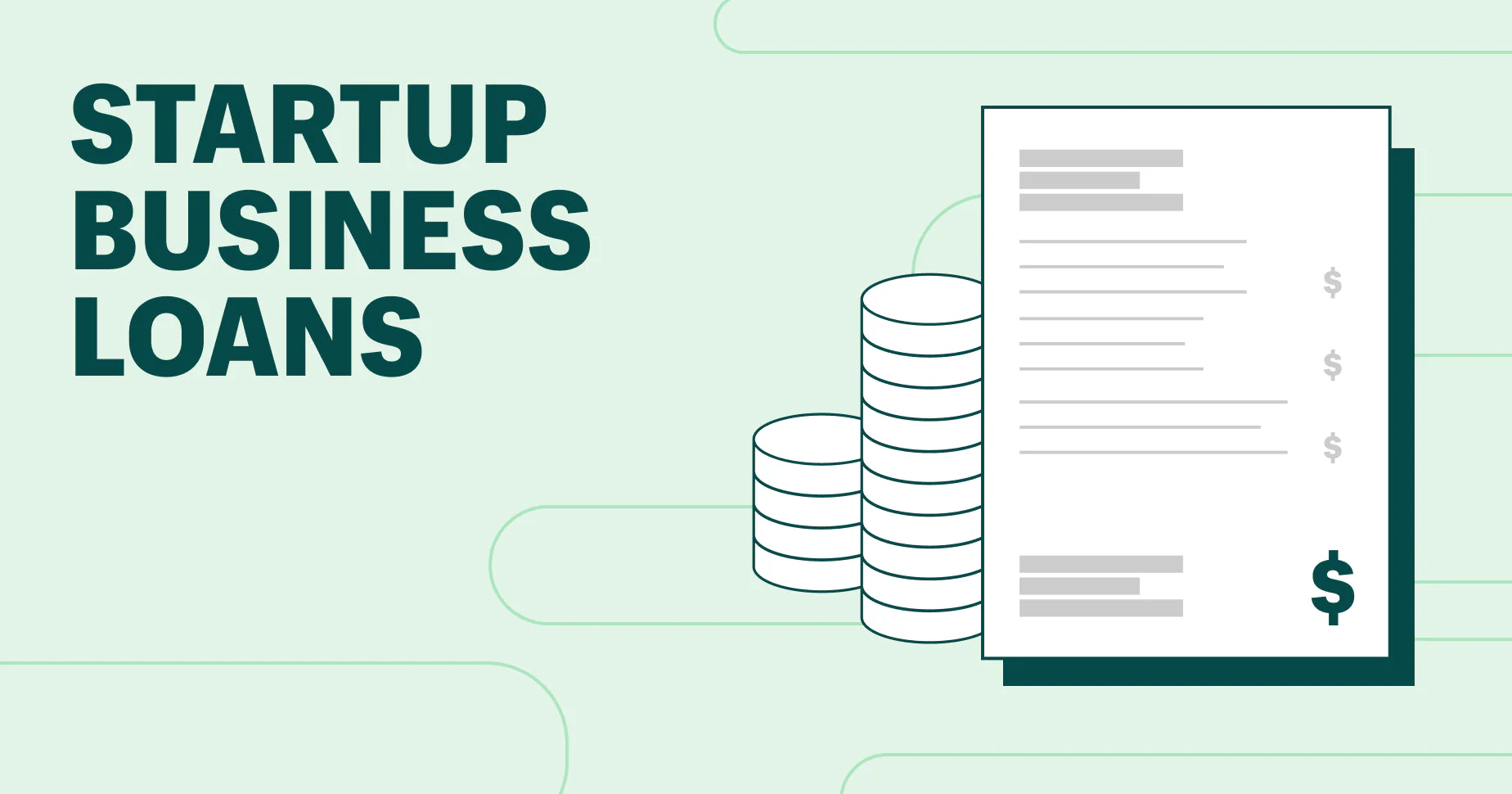Owning a car is a significant milestone for many Filipinos, providing unparalleled freedom, convenience, and a better quality of life for the family. However, the dream of driving your own vehicle often requires a major financial commitment, and for the vast majority, an auto loan is the most practical path to get there. Securing an auto loan is not just about finding a car you like; it is a financial decision that will impact your budget for years to come. A well-informed borrower must understand the intricate details of interest rates, eligibility criteria, and the various fees and conditions that are part of the loan agreement. This comprehensive guide is designed to provide a foundational understanding of Auto Loans in the Philippines, equipping you with the knowledge to navigate the process with confidence and make a sound financial choice for your future.
1. The Core Components of an Auto Loan
An auto loan is a secured loan, meaning the vehicle itself serves as collateral. This arrangement gives the lender the right to repossess the car if the borrower fails to make payments, which is why lenders are meticulous in their application evaluation. Before you even start looking at interest rates, it is crucial to understand the fundamental elements that constitute the loan, from the interest to the various fees you are obligated to pay. These components together determine the total cost of your auto loan.
Understanding Interest Rates and Loan Terms
The interest rate is arguably the most critical factor to consider when getting an auto loan, as it directly influences your monthly amortization and the total amount you will pay over the life of the loan. In the Philippines, auto loan interest rates are typically presented as “add-on” rates, which are applied to the entire loan principal at the beginning of the term. For example, a 6% add-on rate means you will be charged 6% of the total loan amount each year. A shorter loan term, typically 12 to 24 months, usually comes with a lower interest rate, which is a great benefit if you have the financial capacity to make higher monthly payments. This is a strategic way to minimize the total cost of the loan and pay it off quickly. However, most Filipinos opt for longer loan terms, such as 36 to 60 months, to lower their monthly amortization and make it more manageable for their budget. While longer terms make the monthly payments more affordable, they come with a higher interest rate, which increases the total amount you will pay over the life of the loan. Some banks also offer a “One Month Advance” option, where you pay your first month’s amortization upfront, which can slightly reduce your overall interest rate and help save money in the long run.

The interest rate you receive is also heavily influenced by your personal financial profile. A borrower with a strong credit history, a high and stable income, and a low debt-to-income (DTI) ratio is considered a low-risk borrower and is more likely to be offered a much lower interest rate. Lenders view these borrowers as highly reliable and are willing to provide more favorable terms. Conversely, a borrower with a shorter credit history, a lower income, or a high DTI ratio is considered a higher risk, and they may be offered a higher interest rate to compensate for the lender’s perceived risk. This is why it is essential to work on building a good credit score and financial profile before applying for an auto loan. Your credit score is a numerical representation of your creditworthiness, with a score in the 700 to 759 range being considered a good score in the Philippines. This is a score that can open doors to better loan offers and more competitive interest rates. Your financial stability and credit history are the primary determinants of the interest rate you will receive.
The Standard Conditions and Required Fees
An auto loan in the Philippines comes with several standard conditions and fees that a borrower must be prepared for. The first and most significant condition is the down payment, which is the upfront cash you pay to the car dealer. For a brand-new vehicle, banks typically require a minimum down payment of 20% of the car’s net cash price, while for a pre-owned vehicle, this can go up to 30% or more, depending on the car’s age and condition. A larger down payment is always a smart financial move, as it reduces the amount you need to borrow and, consequently, your monthly amortization and the total interest you will pay. The next major fee is the Chattel Mortgage Fee, a legal and administrative fee that covers the documentary stamp tax, processing fee, and notarial fees. This fee is a requirement for all auto loans, as it is the legal document that registers the car as the collateral for the loan. The Chattel Mortgage Fee is typically a percentage of the loan amount and can be a substantial amount, so it is important to budget for it.
In addition to the down payment and the Chattel Mortgage Fee, an auto loan also requires you to secure a comprehensive motor insurance policy for the entire term of the loan. This insurance policy is a non-negotiable requirement from the bank, as it protects their collateral (the car) in case of an accident, theft, or other damage. The cost of the insurance premium is often computed as part of the total loan package or can be paid annually. For a new car, a compulsory third-party liability (TPL) insurance is also a requirement, which is an annual fee. Other potential fees to be aware of include processing fees, late payment fees, and fees for a certificate of outstanding balance. While these fees may seem minor individually, they can add up to a significant amount, so it is important to get a clear and detailed breakdown of all the fees before you sign the loan agreement. Understanding all these fees and conditions is crucial for a complete and accurate financial plan for your car.
2. A Guide to Auto Loan Eligibility and Documentation
The auto loan application process is not just about your financial profile; it is also about meeting the bank’s specific eligibility criteria and providing the correct documents to prove your capacity to pay. A well-prepared application can significantly speed up the approval process and increase your chances of getting a favorable loan offer. The eligibility requirements can vary slightly from bank to bank, but there are a few standard criteria that are consistent across the board. By understanding these requirements, you can assess your readiness to apply for an auto loan and avoid any unnecessary delays.
Standard Eligibility Requirements for a Borrower
For a successful auto loan application, a borrower must meet a series of fundamental requirements that demonstrate their financial stability and creditworthiness. Most banks in the Philippines have a minimum age requirement of 21 or 25 years old at the time of application, and the loan term must not exceed the borrower’s 65th or 70th birthday. This age range ensures that the borrower has a stable career and income and is still within their productive years. The most important requirement, however, is a stable source of income. For locally employed individuals, this means having a minimum gross monthly income, which typically ranges from PHP 40,000 to PHP 50,000, depending on the bank. They must also have a stable employment history, with most banks requiring a minimum of two years of employment, with at least six months in their current company, to show job stability. For self-employed individuals or business owners, the requirements are stricter. They must prove that their business has been in profitable operation for at least two to three consecutive years, with all the necessary business registrations and tax documents.

For Overseas Filipino Workers (OFWs), who are a significant segment of the market for Auto Loans in the Philippines, there are specific requirements that cater to their unique employment status. They must have a valid and updated employment contract, a stable record of remittance for at least three months, and often need to designate a co-borrower or a power of attorney in the Philippines to manage the loan on their behalf. The minimum income requirement for OFWs is often an equivalent amount in US dollars. Aside from income, a borrower’s debt-to-income (DTI) ratio is a crucial factor. This is a measure of your monthly debt obligations versus your gross monthly income. Most lenders prefer a DTI ratio of no more than 35% to 40%, which ensures that you have enough disposable income to comfortably make your monthly amortization without overextending yourself financially. A high DTI ratio is a major red flag for a bank and can lead to a loan rejection.
Essential Documents for a Seamless Application
A smooth and quick auto loan approval is highly dependent on the completeness and accuracy of your documents. A well-prepared borrower will have all the necessary documents organized and ready before applying. The required documents vary slightly depending on your employment status. For a locally employed individual, the basic requirements include a fully accomplished and signed application form, a photocopy of two valid government-issued IDs, and a proof of billing. The income documents are crucial and include a Certificate of Employment with compensation, your latest Income Tax Return (ITR) or BIR Form 2316, and the latest three months of pay slips. For a self-employed individual or business owner, the income documents are more extensive. They will need to provide their latest Audited Financial Statements, the latest ITR, bank statements for the last three months, and their DTI and SEC business registration certificates.
For Overseas Filipino Workers (OFWs), the documentation requirements are even more specific. They will need to provide their latest employment contract, proof of remittance for the last three months, and a Special Power of Attorney (SPA) if they are still abroad. They may also need to provide a consularized Certificate of Employment with Income (COEI). For all applicants, regardless of employment status, the car-related documents are also necessary. These include a copy of the dealer’s car quotation and the official receipt of the down payment. For a used car, additional documents such as a copy of the car’s LTO Official Receipt (OR) and Certificate of Registration (CR), and a deed of sale will be required. Providing all these documents in a complete and accurate manner is the most effective way to ensure a fast and hassle-free loan approval. It is the borrower’s responsibility to meticulously prepare all the documents before the application.
Conclusion
Securing an auto loan is a major step toward achieving a dream, but it is a journey that requires careful planning and a strategic approach. By gaining a clear understanding of the interest rates, loan terms, and the various fees and conditions that are part of the loan, you can make a well-informed decision that will protect your financial future. The process of applying for Auto Loans in the Philippines is straightforward for a prepared borrower who meets the eligibility criteria and has all the necessary documents. A strong financial profile, a good credit history, and a realistic budget are your best assets in this journey. With the right knowledge and preparation, you can confidently drive off with your new car, knowing that you have made a sound and secure investment.













